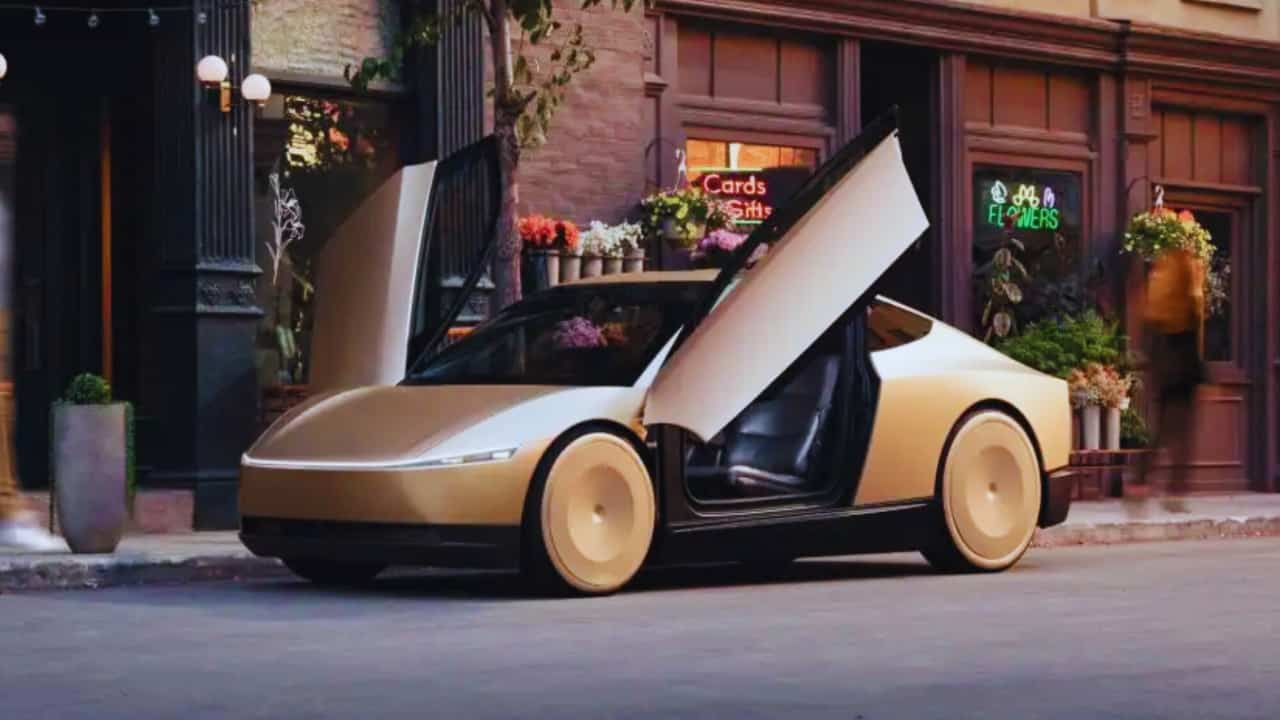I’m intrigued by the latest clash between Tesla C.E.O. Elon Musk and acclaimed filmmaker Alex Proyas. The director of the 2004 sci-fi hit “I, Robot” has publicly accused Musk of blatantly ripping off the iconic futuristic designs from his film for Tesla’s recently unveiled prototypes.
The controversy erupted after Musk took the stage at Tesla’s “We, Robot” event last week to unveil the company’s latest creations—the Optimus robot, the Cybercab self-driving vehicle, and the Robovan autonomous shuttle. While the tech world was excited about these innovations, one person quickly pointed out the uncanny similarities between Musk’s designs and the aesthetic of Proyas’ beloved sci-fi classic.
In a scathing post on Musk’s social media platform of choice, X (formerly known as Twitter), Proyas didn’t mince words. “Hey Elon, Can I have my designs back, please?” the director wrote, accompanied by side-by-side images comparing the robots and vehicles from “I, Robot” to Tesla’s latest prototypes.
The resemblance is truly striking. Proyas’ androids, with their sleek, edgeless forms and futuristic mechanisms, bear an uncanny likeness to Tesla’s Optimus robot. The Cybercab’s wing-like doors and lack of traditional steering wheel and pedals echo the autonomous police vehicles featured prominently in “I, Robot.”
Proyas, also known for directing films like “The Crow” and “Dark City,” has been a vocal critic of the tech industry’s growing influence on the entertainment landscape. In a recent Patreon post, he expressed his concerns about the impact of artificial intelligence on the creative process, noting that “the machines are coming” and that “the future is here.”
Proyas’s worst fears seem to have been realized, as he accuses Musk of brazenly appropriating his futuristic vision for Tesla’s commercial gain. The director, currently producing his latest sci-fi satire, “R.U.R.,” has undoubtedly poured countless hours of thought and creativity into crafting the distinctive aesthetic of “I, Robot.” To see Musk seemingly lift those designs without credit or acknowledgment must be a bitter pill.
Of course, Musk and Tesla have yet to respond to Proyas’ accusations. It’s possible that the similarities between the film and the company’s new products are coincidental or that Tesla’s designers drew inspiration from the same well of science fiction tropes that informed Proyas’ work.
However, these unveilings’ timing, combined with Musk’s penchant for showmanship and love of sci-fi, certainly lend credence to Proyas’ claims. The Tesla C.E.O. has long been vocal about his admiration for the genre, often drawing comparisons between his company’s innovations and the futuristic technologies depicted in classic works of science fiction.
As a news reporter, I can’t help but wonder how this dispute will play out. Will Proyas take legal action against Musk and Tesla? Or will the director have to accept that the tech industry has co-opted his visionary work in its endless pursuit of the next big thing?
Regardless of the outcome, this clash between the worlds of entertainment and technology serves as a cautionary tale about the importance of respecting creative intellectual property. Elon Musk may have the resources and platform to bring his futuristic visions to life, but he shouldn’t do so at the expense of those who came before him.
The fan in me hopes that Proyas and Musk can find a way to collaborate or, at the very least, come to an understanding. After all, the fusion of art and technology is often where the most revolutionary ideas are born. But for now, the director’s cry of “Hey Elon, can I have my designs back, please?” is a defiant challenge to the tech titan’s apparent disregard for the creative process.
